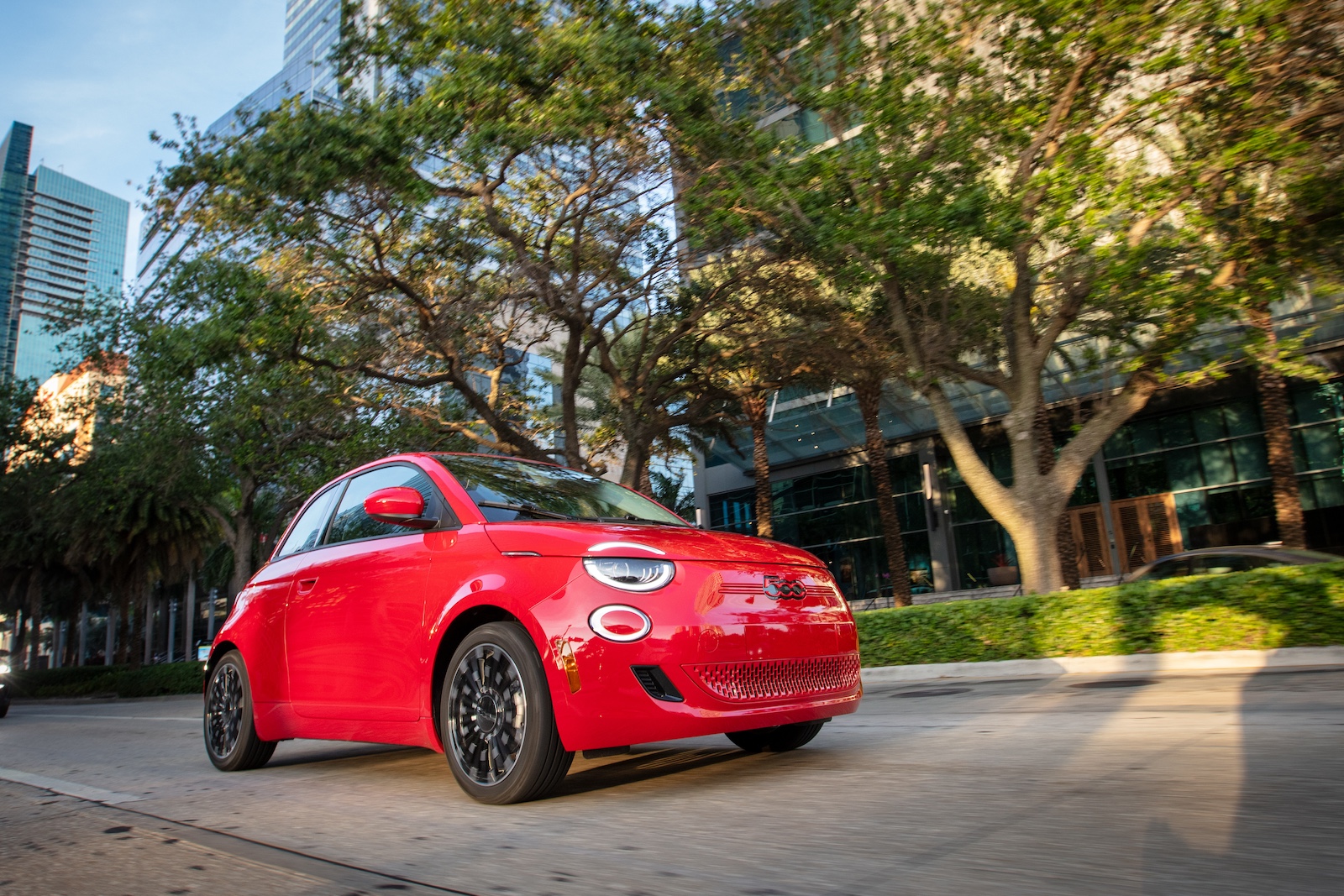Sign up for daily news updates from CleanTechnica on email. Or follow us on Google News!
Contrary to popular belief, wind turbines are mostly recyclable. The problem is the wind turbine blades, which are mostly not. Now that the first generation of modern, non-recyclable blades is reaching the end of useful life, the race is on to find more sustainable materials for the coming generations. Wood is among the new materials in the running, and it could offer better performance as well as making a contribution to the circular economy of the future.
World’s First Wind Turbine Blades Made Of Wood
The Intertubes have been buzzing with news about the “world’s first” wind turbine blades made of wood. The 19.3-meter blades were installed on an existing wind turbine earlier this week near the city of Kassel in in Breuna, Germany.
CleanTechnica checked it out, and the new blades — from the German firm Voodin Blade Technologies — do appear to be the first turbine blades of their kind in the modern era. Historically speaking, though, the wooden blade picture is a bit more elaborate. Wind energy has been put to work spinning the blades of wooden windmills for thousands of years. In addition to processing grain, wood-bladed windmills are also commonly used for pumping water.
Of course, a windmill is not the same thing as a modern wind turbine. Windmills deploy wind energy mechanically. Wind turbines convert it to electricity, which explains why wind turbine technology is only about as old as the age of electricity.
In the modern era, wind turbine manufacturers have already begun incorporating wood, though not necessarily of the type used by Voodin. Back in 2019, for example, CleanTechnica took note of the use of balsa wood in the manufacture of turbine blades, typically including a fiberglass base.
A More Sustainable Modern Wind Turbine Blade, Made Of Wood
In terms of sustainability, fiberglass is not necessarily one of the materials that make conventional wind turbine blades resistant to recycling. It’s the combination of other materials common to the turbine blade field, carbon fiber and epoxy resin binders, which place roadblocks in the way of recycling.
Here in the US, the Department of Energy cites research indicating that up to 78% of decommissioned turbine blades will probably be discarded in landfills instead of recycled.
Though the Energy Department estimates that discarded turbine blades will only consist of about 1% of the nation’s total waste load by 2050, that still represents, well, lots of waste and additional stress on replacement resources. According to a study cited by the Energy Department, anywhere between 10,000 to 20,000 blades will end their lives each year over the coming 15 years, from 2025 to 2040.
Voodin Blade Technologies is laying claim to a solution, through its use of laminated veneer lumber to manufacture its turbine blades. The company states that its manufacturing process involves 78% less carbon dioxide emissions than conventional blades, while cutting costs by up to 20%.
Voodin credits computer numerical control (CNC) milling machines with enabling it to cut costs, partly by replacing hand labor with automation.
The Road To The Sustainable Turbine Blade Of The Future
CleanTechnica is reaching out to Voodin for more details about the types of wood used in its laminated lumber, and its potential for recycling.
In the meantime, Voodin compares its laminates with the structural wood laminates used in the construction industry. Though advising that its turbine blades are for onshore use only, Voodin states that its laminates are more durable than conventional composites.
“We have conducted hundreds of laboratory tests during the past two years to perfect the blade material,” Voodin co-founder Jorge Castillo explained in a press statement emailed to CleanTechnica.
“According to all our tests, our blades are even more durable than the existing fiberglass blades, as they show fewer fatigue characteristics and are proven to endure all kinds of onshore weather conditions extremely well,” Castillo elaborated.
That’s not suprising. CleanTechnica has previously spotted laminates in the form of cross-laminated timber used to construct wind turbine towers, though not the blades themselves.
Laminated veneer is different from cross-laminated timber. It is engineered to focus the wood grain on a lengthwise axis. Due to the type of joinery involved, LVL can be produced in much longer lengths than conventional lumber. “Popular LVL applications include headers and beams, hip and valley rafters, scaffold planking and the flange material for prefabricated wood I-joists,” the Engineered Wood Association explains.
It remains to be seen if wind turbine blades make the Engineered Wood Association’s list of popular LVL applications. If they do, that could help alleviate pressure on balsa wood to do the heavy lifting. Environmental organizations have begun raising the alarm over the impacts of balsa harvesting on rainforest ecosystems. LVL could open up opportunities for a more sustainable and diverse the wood supply chain for turbine blades.
Many Roads To More Sustainable Wind Turbine Blades
In another interesting development in the turbine sustainability field, in December of 2o23 the Energy Department’s National Renewable Energy Laboratory recapped its efforts to replace epoxy resin with the common plant waste sugar sorbitol, among other bio-based ingredients.
The research effort comes under the acronym PECAN, though pecans are not involved. Aside from pushing fossil resources out of the supply chain, NREL states that its new PECAN resin involves 30% less energy and 40% less greenhouse gas emissions than conventional wind turbine blade epoxy.
According to NREL, the PECAN resin meets or beats conventional epoxy on performance. In particular, the PECAN resin demonstrates high performance on “creep” tests, which measure the loss of stiffness that turbine blades can experience over time.
“The PECAN resin also hits the mark in the recyclability category. Manufacturers can depolymerize it (or break it down) using minimal energy or equipment and no harsh or nasty chemicals,” NREL also observes.
Work is also progressing on new methods for recycling conventional wind turbine blades. In 2022, for example, the US Department of Energy tapped the US firm Carbon Rivers for “Success Story” status. The last we heard, the company was planning to scale through a spinoff called Windfall, Inc., so we’ll keep an eye out for that.
A new wind turbine recycling competition should also help push things along. The Energy Department announced the first round of awards to 20 turbine recycling teams in January, focusing on turbine blades and other hard-to-recycle components. From that group, up to six teams will be selected for additional funding and support.
Follow me @tinamcasey on Bluesky, Threads, Instagram, and LinkedIn.
Photo (cropped): New wind turbine blades made of wood are designed to help improve overall sustainability and help alleviate wind turbine recycling issues (courtesy of Voodin Blade Technology via email).
Have a tip for CleanTechnica? Want to advertise? Want to suggest a guest for our CleanTech Talk podcast? Contact us here.
Latest CleanTechnica.TV Video
CleanTechnica uses affiliate links. See our policy here.





